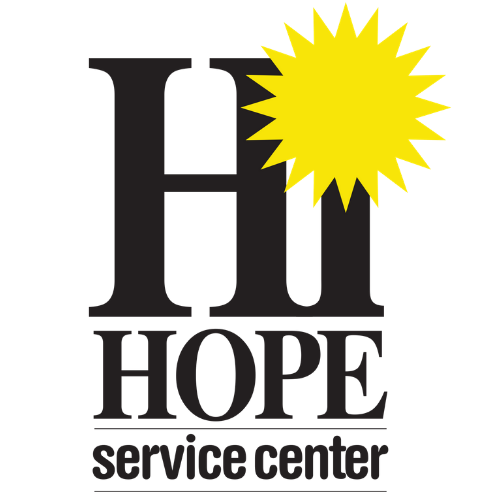At first blush, Capital City Mechanical & Electrical, Inc. might seem like an odd choice for an outing. This company has offices in an industrial park from which they dispatch employees who install and repair HVAC and electrical systems, usually on large scale projects. When we first asked if we could visit, our contact at the company - Holli Ingles - didn't know what a two hour visit would look like, but she was open to the idea and so we scheduled it. Two months after the initial contact with Holli at a Gwinnett Chamber Business After Hours at Medieval Times a group of 11 people from Hi-Hope showed up at Capital City's main office in Norcross and a marvelous experience began. We got a full tour of the facility, a demonstration on how HVAC and electrical systems work, some safety advice with regard to things like fuse boxes and then everyone sat down for a fantastic lunch from Panera Bread provided by Capital City. We wrapped things up with a quick game of Bingo to win some Capital City swag.
The outing wasn't complicated or difficult to plan, but it made a difference. In a small way it broadened some horizons, developed some new relationships and imparted a few lessons. That is what matters. To quote Laura Ingalls Wilder, "it is the sweet, simple things of life which are the real ones after all."
